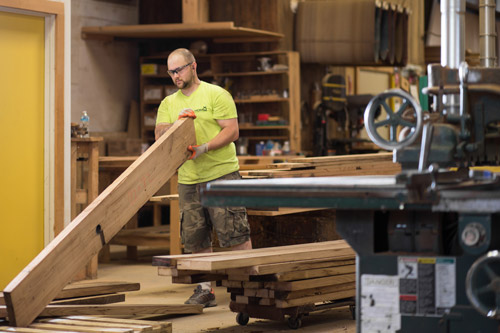
One of the great things about domestic reclaimed wood is variety. As a reclaimed flooring mill, Longleaf has access to wood of the present and the past; from species that both thrive in the modern forest and are nearly extinct. A downside to this variety is the difficulty of choice. This guide helps our customers navigate the world of reclaimed wood and understand what key elements of different woods are necessary for their specific project.
Hardness: Wood varies greatly in hardness, so picking the right wood now ensures you're pleased with your choice years later. You may feel strongly that your floor should resist dents and scratches or you may welcome the indentations and other marks that come with use. Keep in mind that reclaimed woods will be slightly harder and denser than their modern counterparts. Below is a spectrum of a few species arranged by hardness, from softer on the left to harder on the right.
Color: Antique wood flooring that has been reclaimed from the beams, siding, or other structural elements of old buildings comes in a beautiful range of color. From dark, chocolate brown to rich honey red or golden yellow, reclaimed wood pretty much has it all. After selecting for a natural color, additional changes can be made with stains and finishes. Although many of our clients consider themselves 'purists' and choose not to stain their reclaimed wood flooring, others consider it a reasonable aesthetic decision. Your wood - your call! An array of species below shows some of the color options available in vintage flooring.
Character: Because all of our reclaimed wood flooring is salvaged from buildings or other structures, the chances of seeing remnants of the wood's original use are good. During the milling process, sawyers and millworkers grade reclaimed flooring to different 'intensities' of character. Some customers like the original surface, some like it 'skip-planed' (partially milled surface, partially original), and some want crisp, clean, and fresh. Some customers opt for a clear grade of flooring, with few knots or nail holes, while others look for maximum character - deep checks, big knots, bolt holes, and saw marks. Below are four floors that show some of the different characters that can be achieved in the milling process.
Width: Vintage wood flooring can be milled in a range of widths. New flooring boards sawn from today's trees are usually a very narrow width and often come in shorter lengths. Longleaf's antique wood floors can be milled in wider widths and longer lengths, having been originally sawn from what were typically larger and more mature trees than are grown commercially today. The uniformity of floorboard width is also important to many customers. Some prefer a mixed-width floor while others prefer a single, standard width. Further, remember that underfloor radiant heating systems and moisture levels in your home interact with floorboard widths and are important to discuss with your flooring salesperson, installer, and general contractor. The four photographs of reclaimed wood flooring below show four different flooring plank width options.
Stability: Being a natural product, all wood flooring will expand and contract as humidity and temperature levels change within your home. Some antique wood flooring does offer improved stability when compared with flooring milled from modern-day trees, but some species are inherently more stable than others: Heart Pine, for example, is generally a more stable wood than either maple or oak. The orientation at which a board is sawn from a log or beam can also influence the flooring's movement: Flatsawn boards will show more movement than their vertical grain peers. As a general rule, flooring boards in wider widths will contract to reveal wider gaps between the boards than narrower flooring. Customers installing radiant heating systems generally opt for a more stable wood. The species below show woods in a range of stability, from more stable on the left to less stable on the right.
Matching: When matching to an existing floor, it is important that you choose flooring milled from lumber that was harvested at a time similar to that of your existing floor - this ensures a comparable ring density and avoids awkward juxtapositions. In most cases, customers choose reclaimed wood flooring milled from old growth trees. We always encourage customers to bring or send in samples of their existing floors so that we can better match our material to yours.
Top photograph by Samara Vise.

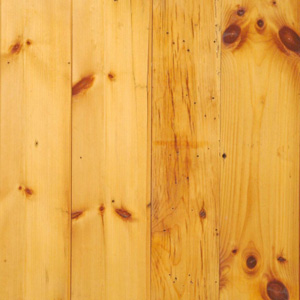 Reclaimed White Pine
Reclaimed White Pine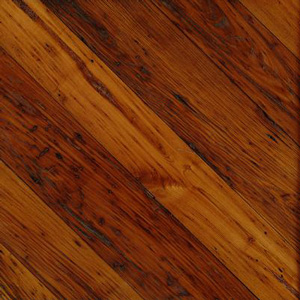 Reclaimed Chestnut
Reclaimed Chestnut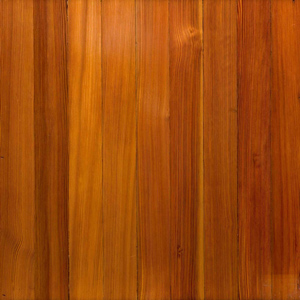 Reclaimed Heart Pine
Reclaimed Heart Pine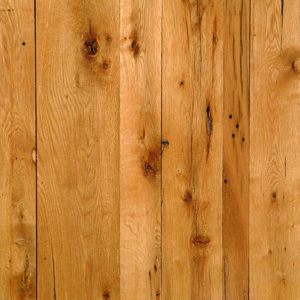 Reclaimed White Oak
Reclaimed White Oak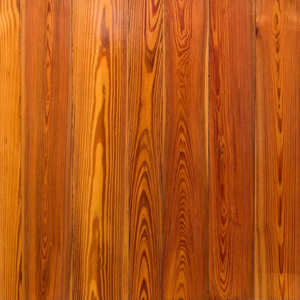 Reclaimed Heart Pine
Reclaimed Heart Pine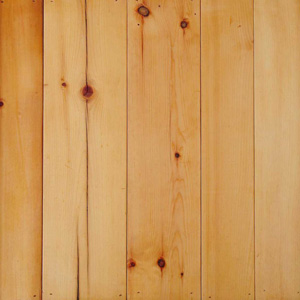 Reclaimed White Pine
Reclaimed White Pine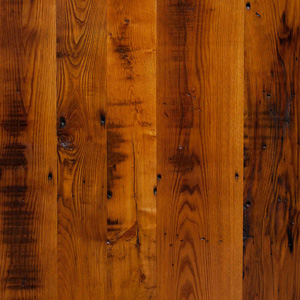 Skip-Planed Chestnut
Skip-Planed Chestnut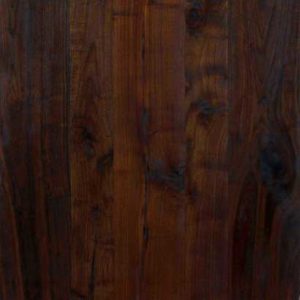 Reclaimed Black Walnut
Reclaimed Black Walnut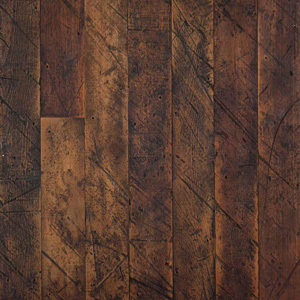 'As-Is' Factory Maple
'As-Is' Factory Maple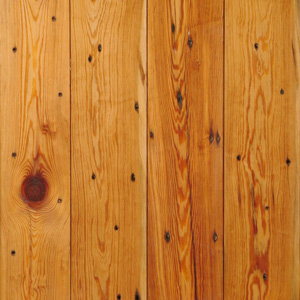 Naily Heart Pine
Naily Heart Pine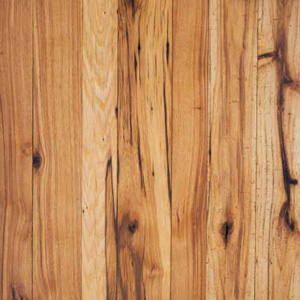 Reclaimed Hickory
Reclaimed Hickory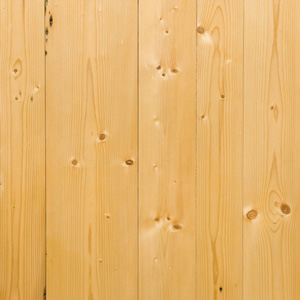 Reclaimed Spruce
Reclaimed Spruce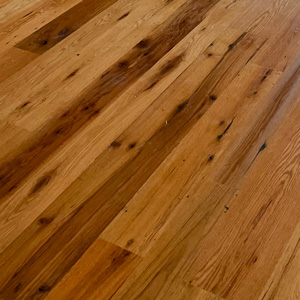 Narrow-Width Red Oak
Narrow-Width Red Oak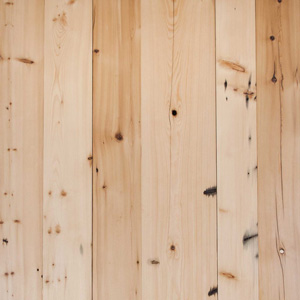 Random-Width Softwood
Random-Width Softwood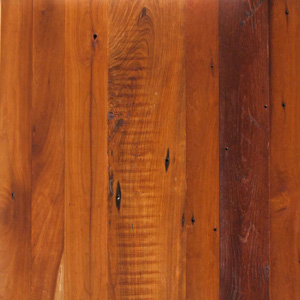 American Cherry
American Cherry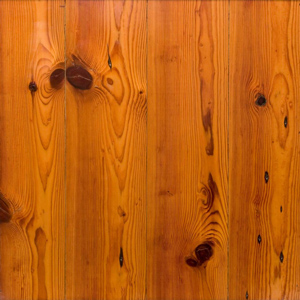 Rustic Heart Pine
Rustic Heart Pine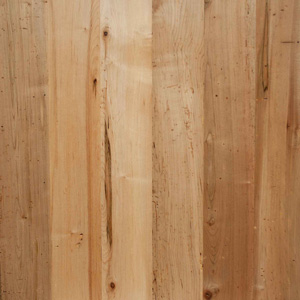 Bright Planed Maple
Bright Planed Maple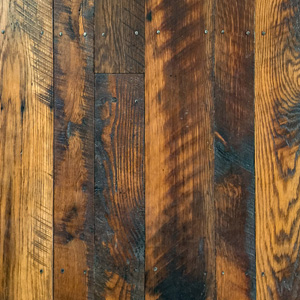 Skip-Planed Oak
Skip-Planed Oak